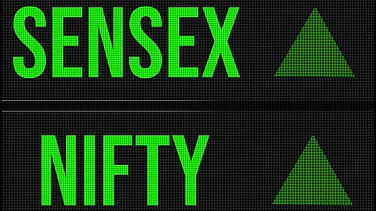US President Donald Trump has once again taken on Federal Reserve Chair Jerome Powell, using the latest disappointing US job numbers to strengthen his calls for immediate interest rate cuts. In a post on his Truth Social platform, the US president accused Powell of inaction that could leave the US trailing behind global competitors like the European Union and China.
“ADP number out. ‘Too Late.’ Powell must now lower the rate. He is unbelievable. Europe has lowered nine times,” Trump wrote, putting the spotlight on the stark contrast between US and EU’s monetary policy.
For context, the European Central Bank is widely expected to deliver its eight rate cut after its monetary policy meeting concludes later today, while the US Fed has thus far delivered three rate cuts in 2024 while hinting towards slowing down the pace of further easing into 2025.
As inflation eases and Eurozone growth softens, the ECB has taken an aggressive approach to stimulate its economy. Trump argues the Fed should be doing the same.
Meanwhile, Trump’s comments came after the release of the ADP employment data, which showed that job additions by private employers in the US rose by 37,000 in May, well below the 110,000 estimated by Dow Jones economists. The latest set of payrolls data also marked the weakest performance since March 2023, and arrived just a couple of days before the release of the official non-farm payrolls for May comes out.
Trump has long been a vocal critic of Powell, especially in recent times as he pressured the Fed Chair to reduce rates time and again. While he has stopped short of threatening to dismiss Powell before his term expires in 2026, his persistent jabs at the Fed Chair have sparked concerns about the Fed’s independence.
Furthermore, the latest job figures were also accompanied with other troubling signs for the US economy. The US services sector contracted in May for the first time in nearly a year, and input costs for businesses have continued to rise. Together, the data points to a fragile economic environment, one that is struggling with the dual threat of slowing growth and persistent inflation.
With Trump ramping up political pressure and economic signals flashing caution, the Federal Reserve faces a complex balancing act in the months ahead.




























